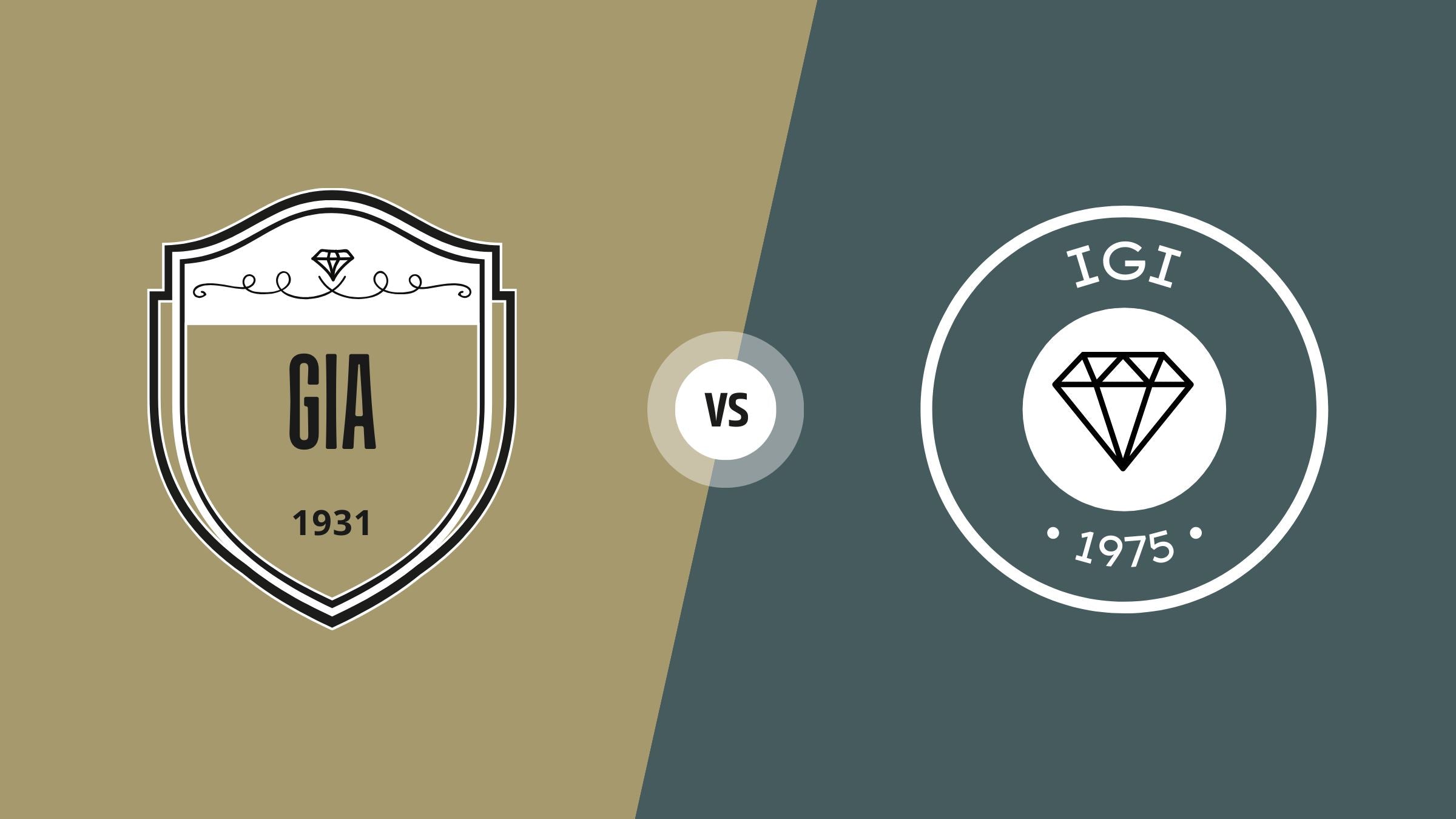In recent years, lab-created diamonds have gained immense popularity as a more sustainable and ethical alternative to mined diamonds. As the demand for these man-made gems grows, so does the need for reliable certification to ensure their quality and authenticity. Two of the most prominent gemological laboratories in the world—GIA (Gemological Institute of America) and IGI (International Gemological Institute)—are often compared when it comes to certifying lab-created diamonds. In this article, we will explore the differences between Gia vs Igi certifications, how they evaluate lab-created diamonds, and what consumers should consider when choosing between them.
What Are Lab-Created Diamonds?
Lab-created diamonds are chemically, physically, and optically identical to natural diamonds. They are grown in controlled laboratory environments using advanced technological processes such as High Pressure-High Temperature (HPHT) or Chemical Vapor Deposition (CVD). These diamonds offer the same brilliance, fire, and durability as mined diamonds but are typically more affordable and environmentally friendly.
Certification plays a crucial role in determining the value and characteristics of lab-created diamonds. Both GIA and IGI provide detailed reports that assess the 4Cs—cut, color, clarity, and carat weight—along with other important factors.
GIA Certification for Lab-Created Diamonds
The Gemological Institute of America (GIA) is widely regarded as the gold standard in diamond grading. Established in 1931, GIA is known for its rigorous standards and scientific approach to gemology. While GIA initially focused on natural diamonds, it began offering reports for lab-created diamonds in response to market demand.
Key Features of GIA Reports for Lab-Grown Diamonds:
- Separate Reporting System: To avoid confusion with natural diamonds, GIA issues separate reports for lab-created diamonds. These reports use descriptive terms like “Laboratory-Grown Diamond Report” instead of traditional diamond grading certificates.
- Conservative Grading Standards: GIA applies stringent criteria when evaluating lab-grown diamonds. This ensures that the grades assigned reflect the true quality of the stone without inflation.
- Focus on Transparency: GIA provides detailed information about the diamond’s origin (lab-created), growth method (HPHT or CVD), and any post-growth treatments applied.
- Reputation and Trust: Due to its long-standing reputation for accuracy and impartiality, GIA-certified diamonds are highly trusted by consumers and industry professionals alike.
However, one downside of GIA certification is that it can be more expensive than other options, which may increase the overall cost of the diamond.
IGI Certification for Lab-Created Diamonds
The International Gemological Institute (IGI) is another leading authority in diamond certification. Founded in 1975, IGI has become particularly well-known for its expertise in grading lab-created diamonds. In fact, IGI was one of the first major labs to embrace synthetic diamonds and develop comprehensive grading systems for them.
Key Features of IGI Reports for Lab-Grown Diamonds:
- Comprehensive Grading System: IGI evaluates lab created diamonds using the same 4Cs framework as natural diamonds, providing clear assessments of cut, color, clarity, and carat weight.
- Detailed Descriptions: Like GIA, IGI includes information about the diamond’s origin, growth method, and any enhancements. However, IGI reports tend to be more visually appealing and user-friendly.
- Wider Accessibility: IGI-certified diamonds are often more affordable because the certification process is less costly compared to GIA. This makes IGI an attractive option for budget-conscious buyers.
- Global Reach: With offices and laboratories worldwide, IGI offers quick turnaround times and widespread availability, making it convenient for jewelers and consumers.
While IGI is highly respected, some critics argue that its grading standards may be slightly less conservative than GIA’s, potentially resulting in higher grades for certain stones.
GIA vs. IGI: A Comparative Analysis
When choosing between GIA and IGI certifications for lab-created diamonds, several factors come into play:
Which Certification Should You Choose?
The choice between GIA and IGI ultimately depends on your priorities as a buyer:
- Choose GIA if: You prioritize precision, trustworthiness, and are willing to invest in a premium certification. GIA is ideal for those seeking assurance that their diamond meets the highest industry standards.
- Choose IGI if: You want a balance of affordability and reliability. IGI is an excellent option for budget-conscious buyers who still desire credible certification.
Regardless of the certification you choose, always request a copy of the diamond report and verify its authenticity through the respective laboratory’s website.
Conclusion
Both GIA and IGI play vital roles in ensuring the integrity and value of lab-created diamonds. While GIA remains the benchmark for excellence and trust, IGI offers a practical and accessible alternative. By understanding the strengths and differences of each organization, consumers can make informed decisions and confidently select a lab-created diamond that aligns with their preferences and budget.
As the diamond industry continues to evolve, the contributions of these institutions will remain essential in maintaining transparency and fostering consumer confidence in the world of lab-created diamonds. Whether you opt for GIA or IGI certification, rest assured that both organizations share a commitment to quality and innovation in the realm of modern gemology.
Final Verdict: For unparalleled trust and precision, go with GIA. For affordability and accessibility, IGI is a strong contender. Either way, you’re investing in a beautiful, sustainable gemstone that represents the future of luxury.



